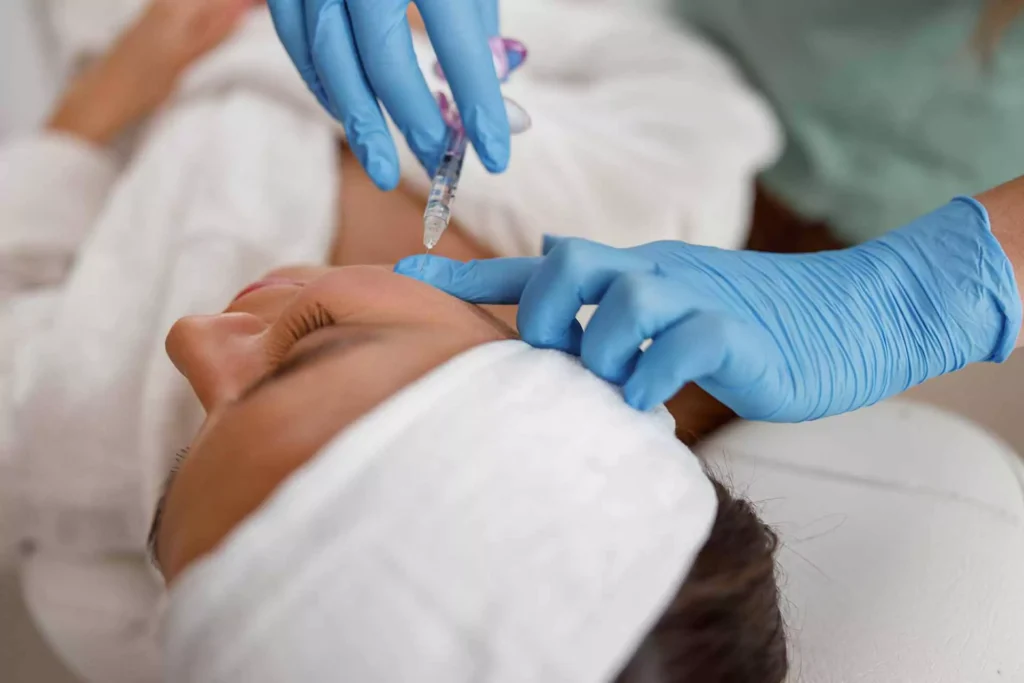The History of Botox: Inspiring Evolution in the World of Aesthetics
Botox, today, is a name that has revolutionized the fields of aesthetics and medicine. But would you like to take a look at the historical journey of this miraculous treatment? Here’s the interesting and scientifically approached history of Botox:
First Discovery: From Poison to Medicine
The Botox adventure begins in the 1890s when Belgian scientist Emile van Ermengem investigates botulism poisoning. Van Ermengem identified botulinum toxin, opening a new window for the medical world. Ironically, one of the world’s most potent poisons would turn into an extremely effective treatment.
1940s: Pure Botulinum Toxin
In the 1940s, this powerful toxin was first purified. Scientists began to understand its effects on the nervous system, revealing the medical potential of Botox.
1970s: A Solution for the Eyes
Dr. Alan Scott discovered the potential of Botox in treating eye diseases and made significant strides in this field. Botox, especially in eye muscle disorders, began to be considered a medical marvel.
1990s: Entry into the Aesthetic World
Botox gained significant ground in the aesthetic field in the 1990s. During this period, its ability to reduce wrinkles on the face was discovered, garnering significant interest in the cosmetic world. It began to be used particularly in treating dynamic wrinkles such as forehead lines, frown lines between the eyebrows, and crow’s feet around the eyes. The success of Botox in the aesthetic field was crowned in 2002 when it received official approval from the U.S. Food and Drug Administration (FDA). This approval was a significant step in recognizing Botox as a safe and effective aesthetic treatment method.
Botox Today: A Versatile Treatment
Today, Botox has become an effective tool in the treatment of various medical conditions beyond aesthetic uses. Conditions like chronic migraines, muscle spasms, and excessive sweating (hyperhidrosis) have shown significant improvement with Botox treatment. Moreover, research on the potential benefits of Botox in depression treatment has shown promising results in this field as well. Technological advancements and progress in education have made Botox applications more precise and safe, thereby increasing the effectiveness of the treatment and patient satisfaction. Thus, Botox emerges as a versatile and valuable treatment option in both aesthetic and medical fields.
Botox is frequently featured in popular culture and shapes societal perceptions about aesthetic interventions. Its effects on facial expressions can even influence people’s emotional perceptions. This scientific and cultural interaction seems to diversify the future uses of Botox. As a constantly evolving phenomenon in both medical and aesthetic fields, Botox sheds light on the future of treatment methods.









